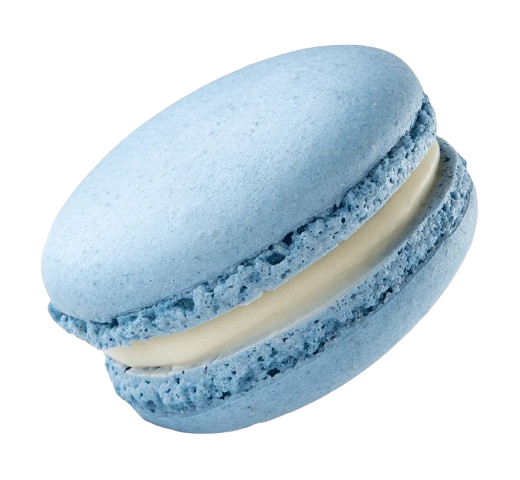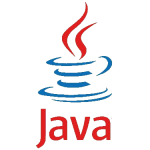Introducing the Course
- Reviewing the Java SE and Java EE Curriculum
- Getting Acquainted with Other Students
- Reviewing Course Objectives
- Discussing 5 Day Course Schedule
- Describing the Format that the Class will Use
- Introducing Web Application Technologies
- Describing the Java EE 6 Web Profile
Web Application Essentials
- Describing Java Servlet Technology
- Describing JavaServer Pages Technology
- Understanting the Model-View-Controller (MVC) Architecture
- Explaining Java EE Containers and Java Application Servers
- Describing the Web Application Development Process
- Identifying the Essential Structure of a WAR File
Developing a Servlet
- Describing the HTTP Headers and Their Function
- Explaining the Request and Response Processes
- Understanding the Life Cycle of a Servlet
- Listing Injection and Lifecycle Method Annotations
- Understanding the Threading Model of a Servlet
- Developing a Servlet to Respond to Requests from the Client Browser
Handling Form Requests in Servlets
- Using HTML Forms To Collect Data From Users and Send it To a Servlet
- Understanding How Form Data Is Sent in an HTTP Request
- Developing a Servlet that Retrieves Form Parameters
- Understanding and Using HttpSession Objects
- Using Cookies for Session Management
- Using URL Rewriting for Session Management
Configuring Your Web Application
- Describing the Purpose of Deployment Descriptors
- Creating Servlet Mappings to Allow Invocation of a Servlet
- Creating and Access Context and Init Parameters
- Using the @WebServlet and @WebInitParam Annotations
- Using the ServletContextListener Interface
- Describing the Different Scopes in a Web Application
- Handling Errors Using a Deployment Descriptor
Implementing an MVC Design
- Implementing the Controller Design Element Using a Servlet
- Implementing the Model Design Element Using a POJO
- Implementing the View Design Element Using a JSP and Expression Language (EL)
- Connecting the model, View, and Controller Elements to Implement a Working MVC Solution
- Injecting a Service in a Controller
Developing Components with JavaServer Pages Technology
- Describing JSP Page Technology
- Writing JSP Code Using Scripting Elements
- Writing JSP Code Using the Page Directive
- Writing JSP Code Using Standard Tags
- Writing JSP code using Expression Language
- Configuring the JSP Page Environment in the web.xml File
- Writing an Error Page by Using JSP
Developing JSP Pages by Using Custom Tags
- Designing JSP Pages with Custom Tag Libraries
- Using a Custom Tag Library in JSP Pages
- Describing JSTL Tags
Using Filters in Web Applications
- Describing the Web Container Request Cycle
- Describing the Filter API
- Developing a Filter Class
- Configuring a Filter in the web.xml File
More Servlet Features
- Using the Asynchronous Servlet Mechanism
- Using JavaScript to Send an HTTP Request from a Client
- Processing an HTTP Response Entirely in JavaScript
- Combining These Techniques to Create the Effect of Server-push
- Handling Multipart Form Data
Implementing Security
- Describing a Common Failure Mode in Security
- Requiring that a User Log in Before Accessing Specific Pages in Your Web Application
- Describing the Java EE Security Model
- Requiring SSL Encrypted Communication for Certain URLs or Servlets
Integrating Web Applications with Databases
- Understanding the Nature of the Model as a Macro-pattern
- Implementing Persistent Storage for Your Web Applications Using JDBC or Java Persistence API

















